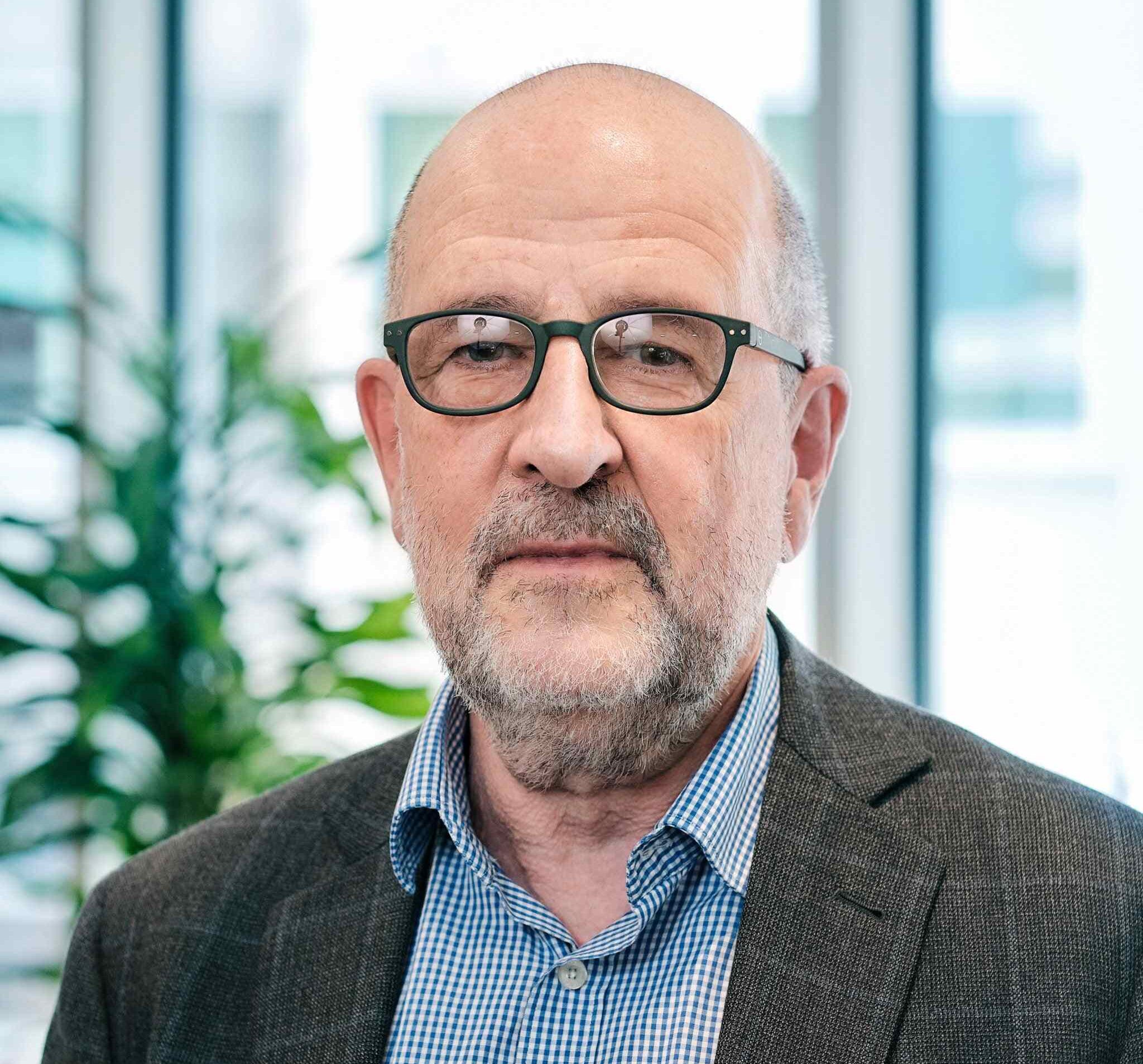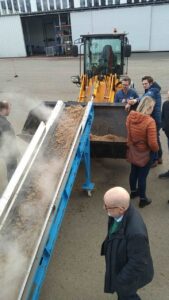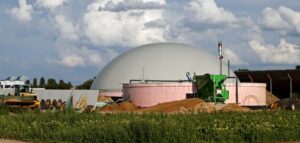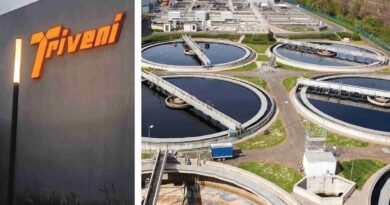Indian bio-CNG market has ‘unlimited potential; we have knowledge & capacity to support: Gregory Krupnikovs, Rika Biotech
 Gregory Krupnikovs, Founder - Rika Biotech
Gregory Krupnikovs, Founder - Rika Biotech
How’s the biogas scenario in Europe at this point of time?
Gregory Krupnikovs: Biogas or rather biomethane, which is upgraded biogas into the grid, is booming in Europe. There are several reasons. One is that the trend is for green energy, renewable energy, waste management etc. Second is energy security especially in the continuing full scale Russian invasion and aggression of Ukraine that substantially curtailed Russian gas export to Europe. So, Europe is looking for energy security and within this energy security for greener gases. The European Union has put a goal to increase bio-methane production 10-fold by 2030 and then go further. A lot is being done and presently bio-methane business is booming in Europe.
How do you see the trade-off between biofuels and food produce because food security is a reason for concern in Europe today?
Gregory Krupnikovs: There is a document called Annex-IX of the European Renewable Energy Directive that stipulates which feedstocks can be used for producing bio-methane. Food for humans or feed for animals cannot go for biomethane production. Europe is using wastes like manure, olive production waste, orange pulp, and residues like straw to produce biogas and bring the bio-manure back to the field which is better than leaving the straw in farmlands. There is no food or cattle feed going into biomethane production.

Rika Biotech is already having a wonderful run in the European biogas markets. What motivates your strong interest in the Indian market?
Gregory Krupnikovs: There are a couple of things here. Number one, I think today, due to a number of factors, India is probably the fastest developing biomethane or bio-CNG market in the world. This is due to the size of the country and the availability of the feed stocks like rice straw, pressmud, food market waste, bagasse etc. India would be having probably 150 million tonnes of rice straw every year and the biogas industry solves a couple of issues. Farmers don’t have to burn it and also earn money on that. So it’s a win-win for everybody – climate, farmers, Indian Government, consumers and the world. We see India as a huge market with unlimited potential. We have a good run in Europe and we have knowledge and capacity. I have been to India many times and we are excited by the Indian market.
How does the bioextruder specifically contribute to enhancing both the production and quality of biogas?
Gregory Krupnikovs: Production of biogas from straw as such is problematic. Without going into technical details, you just cannot dump straw which is lign-structure & floating into a biogas plant. You need to do something about it in any case. So the extrusion provides for the highest biogas yield and also makes biogas production much more stable and easy to operate.
Indian biogas plants utilize a wide range of feedstocks within highly varied climatic conditions. Can the bioextruder serve as the ultimate solution for diverse feedstocks?
Gregory Krupnikovs: Bioextruder is a solution for lignocellulosic feed stocks. For all lignocellulosic plant materials like straws, bagasse, napier grass etc., a bioextruder is highly beneficial. It comes in unit size and to increase the capacity of extrusion, you just need to put several units in parallel. It’s quite simple.
There is no market without challenges. What obstacles do you encounter when entering the market of a developing country like India?
Gregory Krupnikovs: We had challenges obviously coming to any new market with bioextruder. This is also not a cheap technology. It costs real money but the benefits are there. First of all, we have to find our first customer who would take the step of risking and installing the extruder. This is the biggest challenge. In European markets, one can sell his biogas at a price level at least two times higher than what it is in India. That allows customers in Europe to use the most expensive equipment. So in India, we needed to convince our partners and customers that the technology can work in Indian conditions. This year we have sold around 15 bioextruders and the plan for next year is to sell at least 25.
The Indian Government recently unveiled a policy that mandates phase-wise blending of biogas into natural gas supplies. How do you think this could impact Rika Biotech business?
Gregory Krupnikovs: The policy will certainly give a push to the market. We see from the Indian biogas landscape that plants are popping up very quickly. This blending mandate that we saw in all European markets, for both gas-grid and transport sectors, immediately gives the kick-start to the market. We welcome the policy decision of the Indian Government. Besides the SATAT program, this policy will give a significant push to the market moving forward.

What other services are being offered by Rika Biotech in this sector?
Gregory Krupnikovs: In Europe, we are also developers and we have a number of joint ventures in several countries with local partners where we develop big pipelines of biogas projects. We have tens of projects in the pipeline right now.
Can you tell us through our experience an example of a developing country where biogas has made a significant difference?
Gregory Krupnikovs: I have seen that in India and I think that this country is very much at the forefront of the biogas industry. This is due to several factors. I was in India in 2020-21 and it had close to 5-million transport units on the road running on CNG including tuktuks, three wheeled vehicles, trucks & city buses. India has CNG-filling stations all over the country. Hence, India has both infrastructure and consumers of bio-CNG. The SATAT program guaranteed business security for the developers which gave the immediate push. Covid-19 slowed down everything but after that the biogas industry continued with exponential speed.
India wants to build 5000 biogas plants and at present there are just a few that are completely operational. What challenges do you think India could face in its journey as far as technology & knowledge are concerned?
Gregory Krupnikovs: There is lots of technological expertise in India. Our extruder adds up to this. There are a number of EPC companies & technology providing companies for digesters, mixers, upgrading equipment etc. To a very large extent India will be a self-sustaining market in days to come.
The ‘Make in India’ program is creating ripples across sectors. Do you have any plan for product localization?
Gregory Krupnikovs: We are definitely looking at product localization. With the number of orders sustaining more or less the level that we are seeing now – and also in coming year or two – we will start working on local production.




